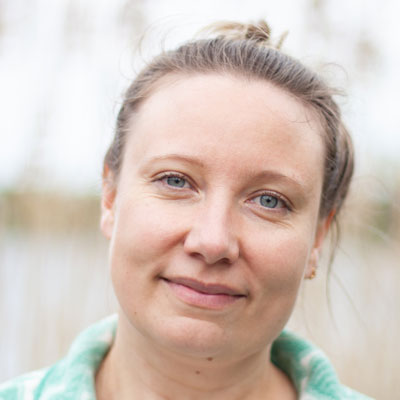project:
Jun 2025
Jun 2027
Ongoing
Habitat utilization of the European eel
This two-year research project will analyze the variation in habitat choice of eels in Swedish waters in the present and in the past. It will increase the understanding of eel ecology, the importance of different habitats for eels in Swedish waters, and explain what affects eel's habitat choices.
About 25 years ago, a study questioned whether the eel is always catadromous fish species, meaning it is born in saltwater, grows up in freshwater, and reproduces in saltwater. The new research showed that the eel can grow large in both saltwater and brackish water, and that individuals can also switch between habitats during their lives.
Despite several studies published over the past twenty-five years we still know very little about how eels growing up in other types of environments than Swedish freshwater.
Over the past ~125 years, freshwater fish habitats in Sweden have declined due to the expansion of hydropower, especially from the early 1900s to the 1970s. Hydropower infrastructure, like dams, disrupts natural water systems and blocks fish migration. Although fishways are sometimes added, they often work poorly and typically support only a few species.
The European eel has declined sharply since the 1980s and is critically endangered in Sweden. Efforts since 2007 aim to restore eel numbers to 40% of their historical levels, mainly by improving migration in freshwater. However, is is unclear whether growth, survival, and movement patterns differ between habitats. We also don’t know how habitat availability or the eel’s decline since the 1980s has influenced their habitat choice, or what proportion of spawning eels come from each habitat type.
Method
The project will measure trace elements in eel ear stones (otoliths) to track their movements from birth to capture. These elements reveal the salinity of the water the eel lived in, helping to show how it moved between sea, coast, and freshwater.


